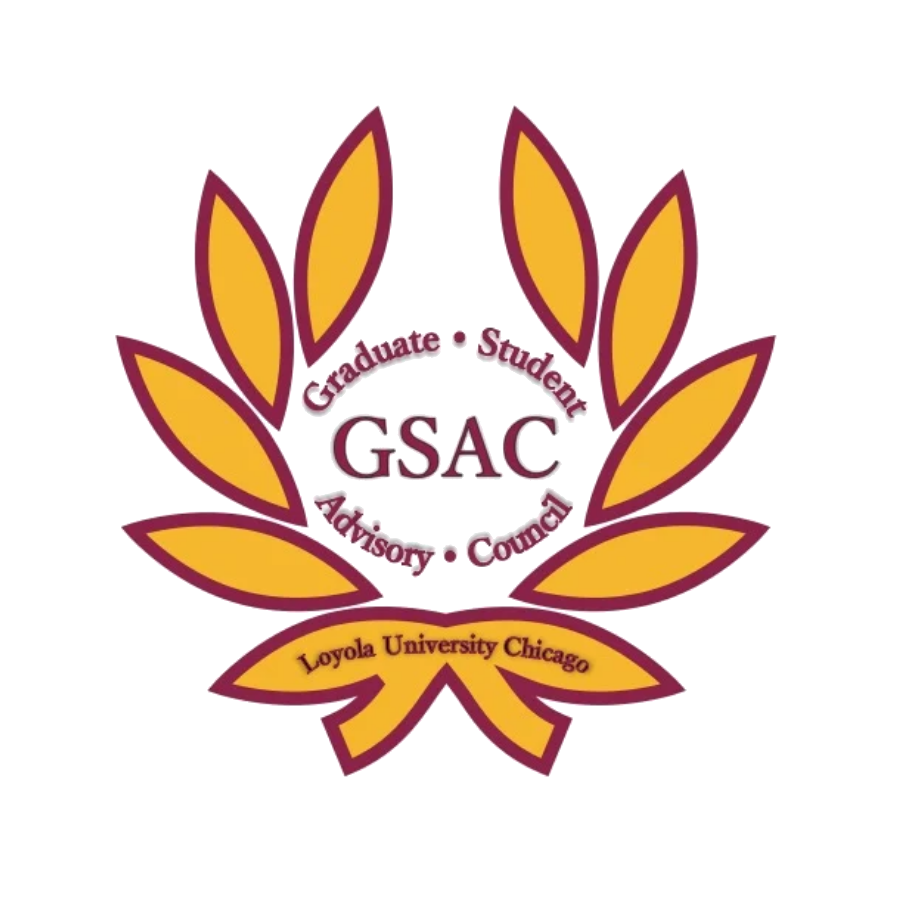“The soul of our dear sister here departed”: Disguising the 1876-9 Chicago Scarlet Fever Epidemic in “True Love”
Abstract or Description
African American author Sarah E. Farro set her novel True Love; a Tale of English Domestic Life (1891) in England, describing white characters suffering from a late wave of a yellow fever epidemic with tragic consequences for their relatives and friends in the small town of Bellville. This strange choice has baffled critics since Gretchen Holbrook Gerzina announced her re-discovery of the work in 2016, though Farro's love of Victorian novels has been cited in explanation. My research reveals this to be a cultural disguise to protect the privacy of her family and African American community, mostly those centered near her childhood home at 277 Third Street in Chicago’s Third Ward. With her description of the deadly malaria cases of Mary Ann and Janey Brewster, Farro fictionalizes the October 1878 death and public funeral at Chicago’s Graceland Cemetery of eighteen-year-old Mary Jane Farro, a previously unknown second sister. Anachronistic Americanisms are posited as evidence both of a previous draft set in Chicago and retention of key details of this incident for personal reasons. Inaccuracies in the description of malaria recall the symptoms of scarlet fever, likely the true cause of Mary Jane’s death. Portraying widespread panic regarding infection and attempts to limit community spread, Farro draws upon her experiences of the 1876-9 Chicago Scarlet Fever Epidemic and resultant social stigmas against poor and immigrant residents of disease-stricken wards.
“The soul of our dear sister here departed”: Disguising the 1876-9 Chicago Scarlet Fever Epidemic in “True Love”
African American author Sarah E. Farro set her novel True Love; a Tale of English Domestic Life (1891) in England, describing white characters suffering from a late wave of a yellow fever epidemic with tragic consequences for their relatives and friends in the small town of Bellville. This strange choice has baffled critics since Gretchen Holbrook Gerzina announced her re-discovery of the work in 2016, though Farro's love of Victorian novels has been cited in explanation. My research reveals this to be a cultural disguise to protect the privacy of her family and African American community, mostly those centered near her childhood home at 277 Third Street in Chicago’s Third Ward. With her description of the deadly malaria cases of Mary Ann and Janey Brewster, Farro fictionalizes the October 1878 death and public funeral at Chicago’s Graceland Cemetery of eighteen-year-old Mary Jane Farro, a previously unknown second sister. Anachronistic Americanisms are posited as evidence both of a previous draft set in Chicago and retention of key details of this incident for personal reasons. Inaccuracies in the description of malaria recall the symptoms of scarlet fever, likely the true cause of Mary Jane’s death. Portraying widespread panic regarding infection and attempts to limit community spread, Farro draws upon her experiences of the 1876-9 Chicago Scarlet Fever Epidemic and resultant social stigmas against poor and immigrant residents of disease-stricken wards.



